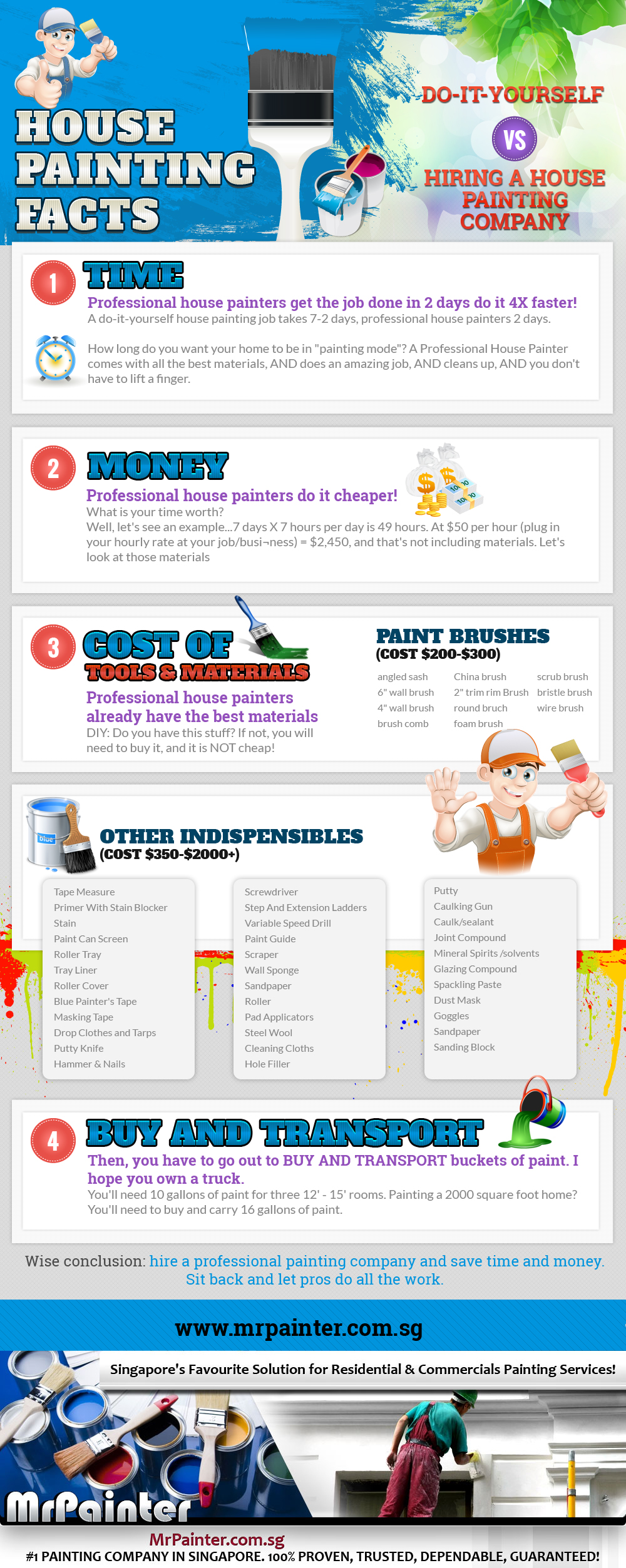Learn Just How Seasonal Variables Influence Industrial Exterior Paint Success And Find The Most Effective Times To Ensure Lasting Outcomes For Your Task
Learn Just How Seasonal Variables Influence Industrial Exterior Paint Success And Find The Most Effective Times To Ensure Lasting Outcomes For Your Task
Blog Article
Post Developed By-McLamb Bagger
When you're planning a commercial exterior paint job, seasonal variables can make or damage your outcomes. You'll intend to take into consideration how temperature and humidity impact paint application and drying out times. Picking the ideal period can ensure your paint sticks correctly and lasts longer. Yet which distribution facility painting are absolutely the most effective for this sort of work? Allow's check out the key elements that can impact your project's success.
The Influence of Temperature on Paint Application
When you're intending a commercial exterior painting task, the temperature can considerably affect exactly how well the paint adheres and dries out.
Preferably, you wish to paint when temperature levels range between 50 ° F and 85 ° F. If it's also cool, the paint may not cure effectively, causing concerns like peeling or splitting.
On the other hand, if it's also warm, the paint can dry too promptly, protecting against proper adhesion and causing an unequal surface.
You should also take into consideration the moment of day; morning or late afternoon provides cooler temperatures, which can be much more desirable.
Constantly inspect https://brooksejpuz.ssnblog.com/34083814/open-the-possibility-of-your-painting-project-by-exploring-necessary-strategies-for-functioning-effectively-with-contractors-your-ideal-area-is-simply-around-the-corner for the details paint you're making use of, as they typically offer support on the optimal temperature level array for optimal outcomes.
Humidity and Its Effect on Drying Times
Temperature level isn't the only environmental variable that influences your industrial outside paint project; humidity plays a considerable role as well. High moisture levels can decrease drying times substantially, affecting the general top quality of your paint job.
When the air is filled with wetness, the paint takes longer to cure, which can cause problems like bad bond and a greater threat of mildew development. If you're repainting on an especially damp day, be prepared for extensive wait times in between layers.
It's vital to keep an eye on neighborhood climate condition and strategy as necessary. Preferably, aim for moisture degrees in between 40% and 70% for optimal drying out.
Maintaining these factors in mind guarantees your job remains on track and delivers a lasting finish.
Best Seasons for Commercial Outside Painting Projects
What's the very best season for your commercial outside painting projects?
Spring and early loss are typically your best choices. During these seasons, temperature levels are light, and moisture levels are usually lower, creating perfect problems for paint application and drying.
Prevent summer season's intense heat, which can trigger paint to dry also swiftly, bring about bad attachment and finish. In a similar way, winter's cold temperatures can impede proper drying and curing, risking the long life of your paint task.
Go for days with temperature levels in between 50 ° F and 85 ° F for optimal outcomes. Keep in mind to examine the regional weather report for rain, as damp conditions can wreck your project.
Planning around these variables guarantees your paint job runs efficiently and lasts much longer.
Verdict
In conclusion, preparing your commercial external paint jobs around seasonal factors to consider can make a considerable distinction in the end result. By scheduling work during the excellent temperature levels and humidity degrees, you'll make sure far better adhesion and drying out times. Bear in mind to watch on neighborhood weather forecasts and pick the right time of year-- springtime and early fall are your best options. Taking these steps will aid you attain a sturdy and specialist coating that lasts.
